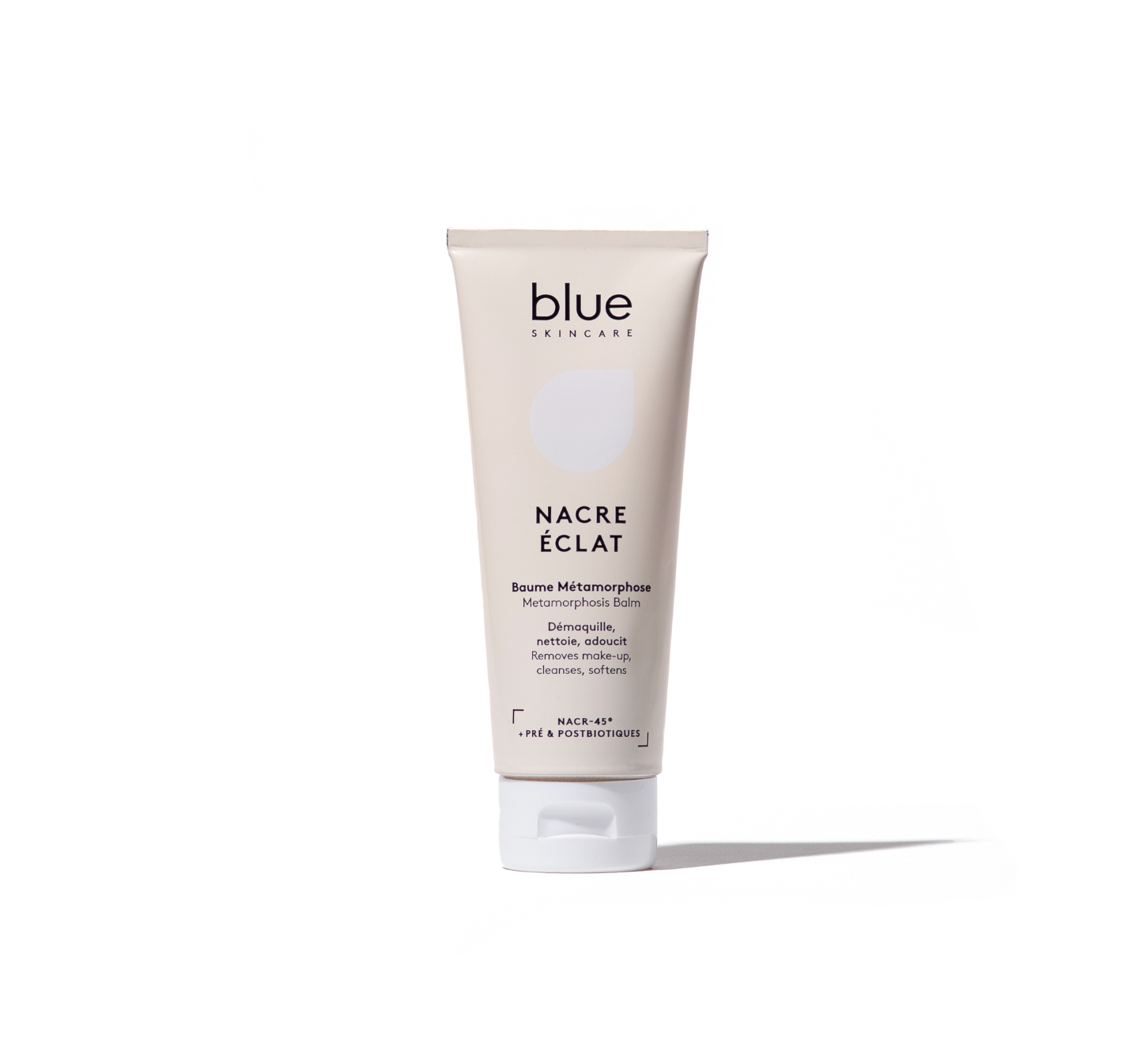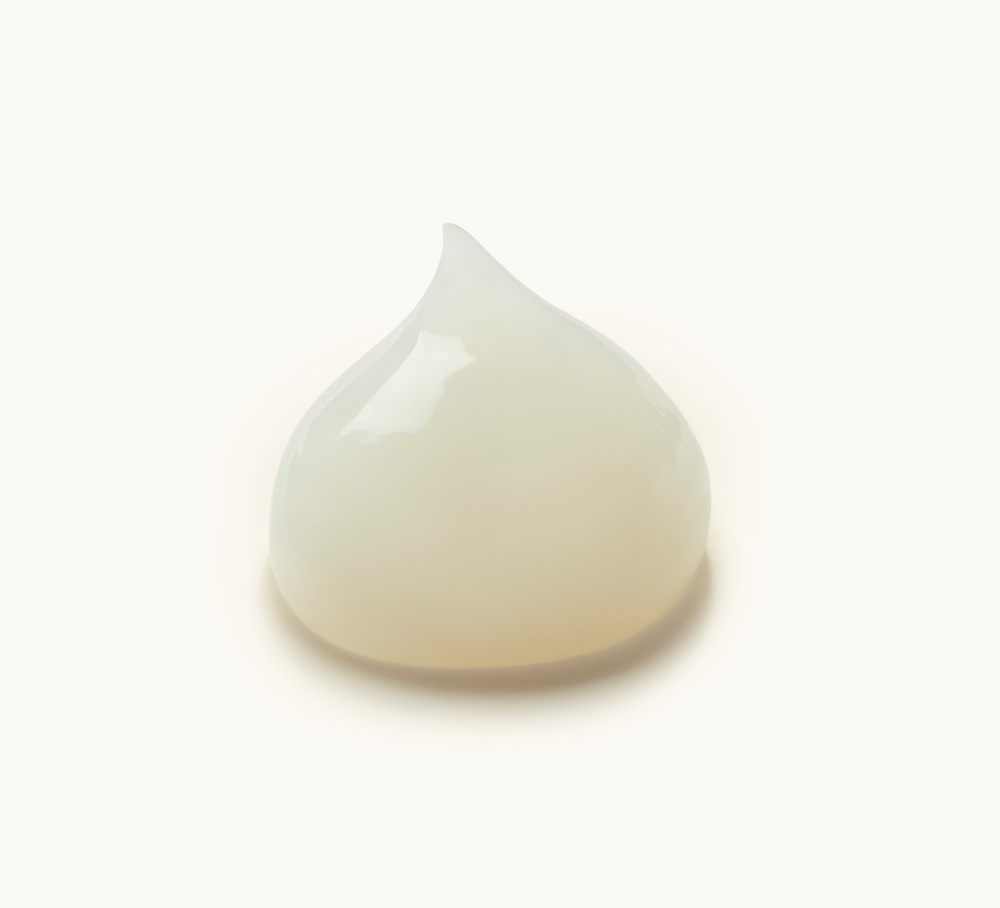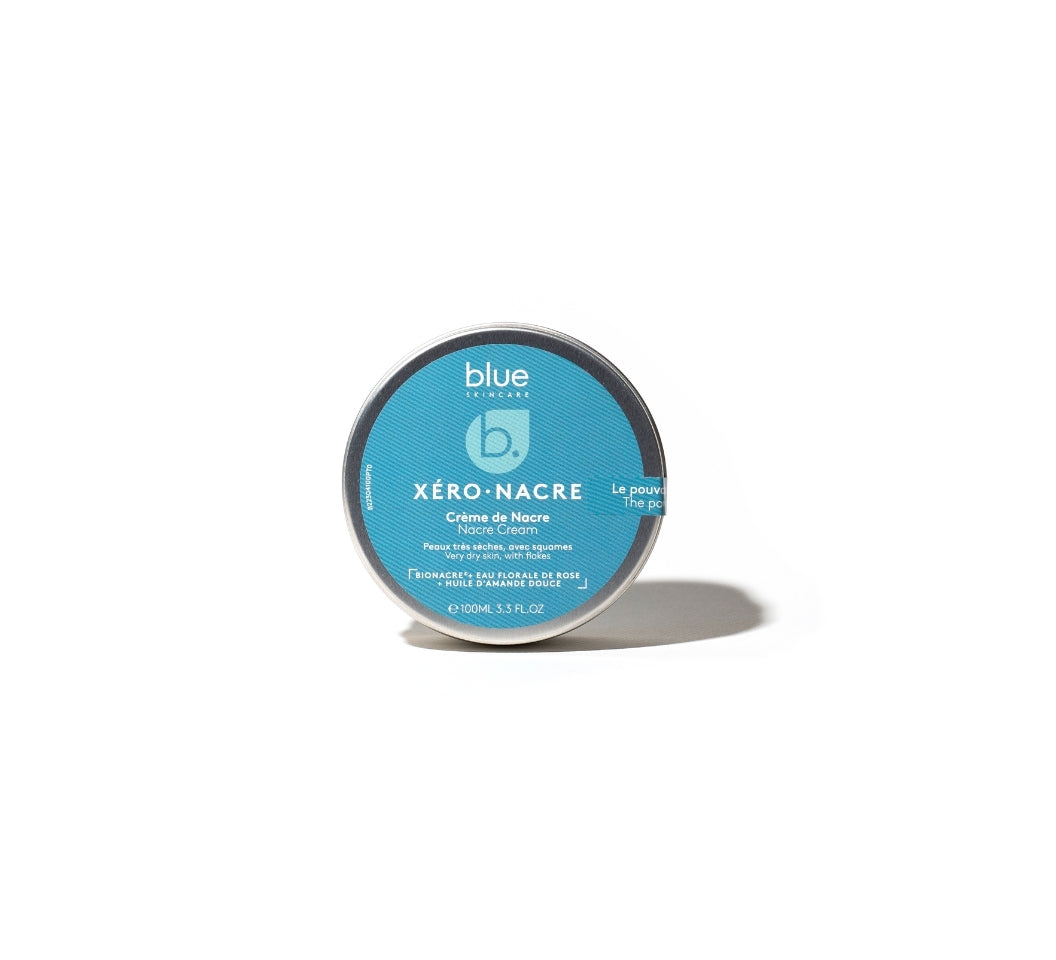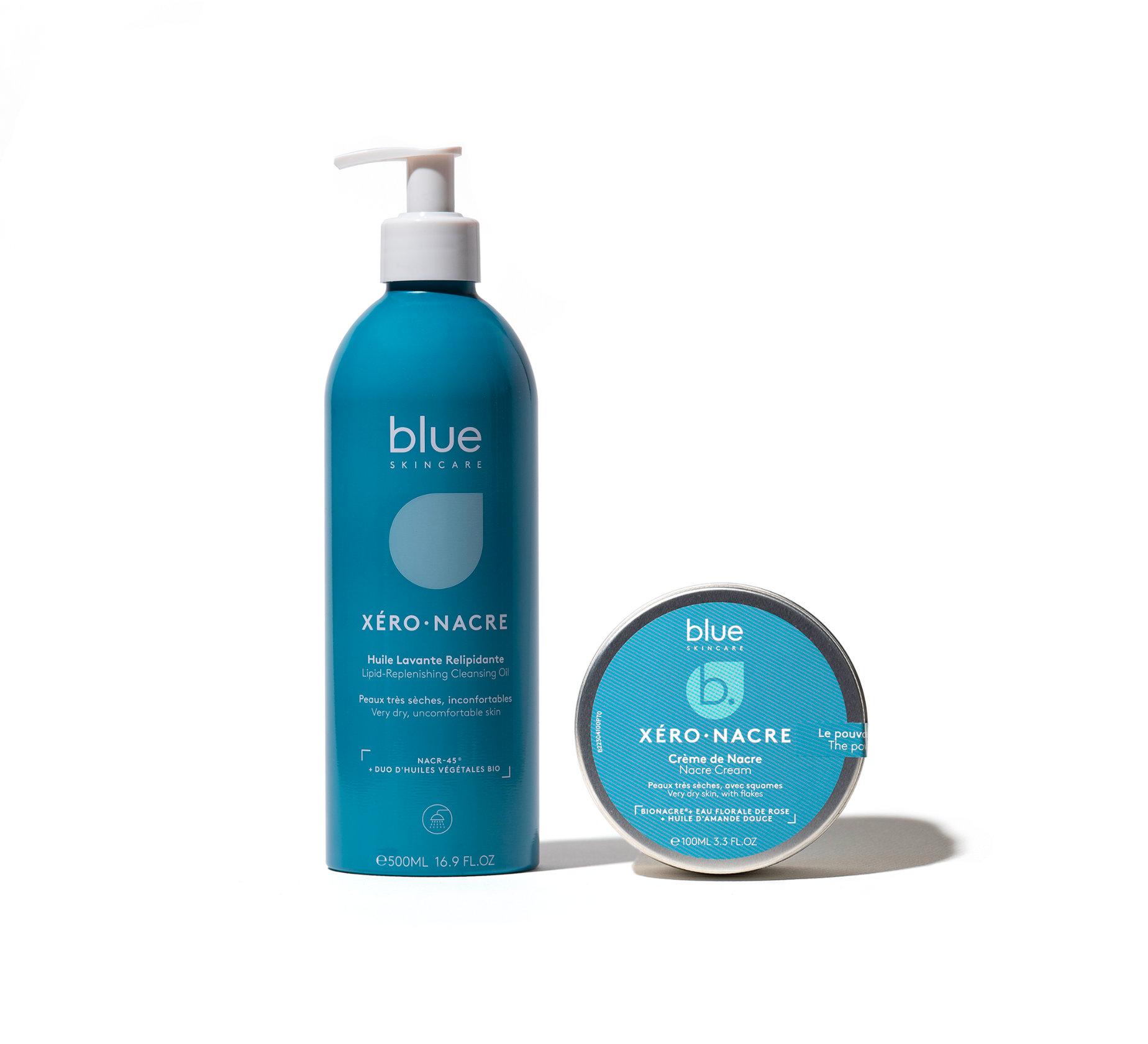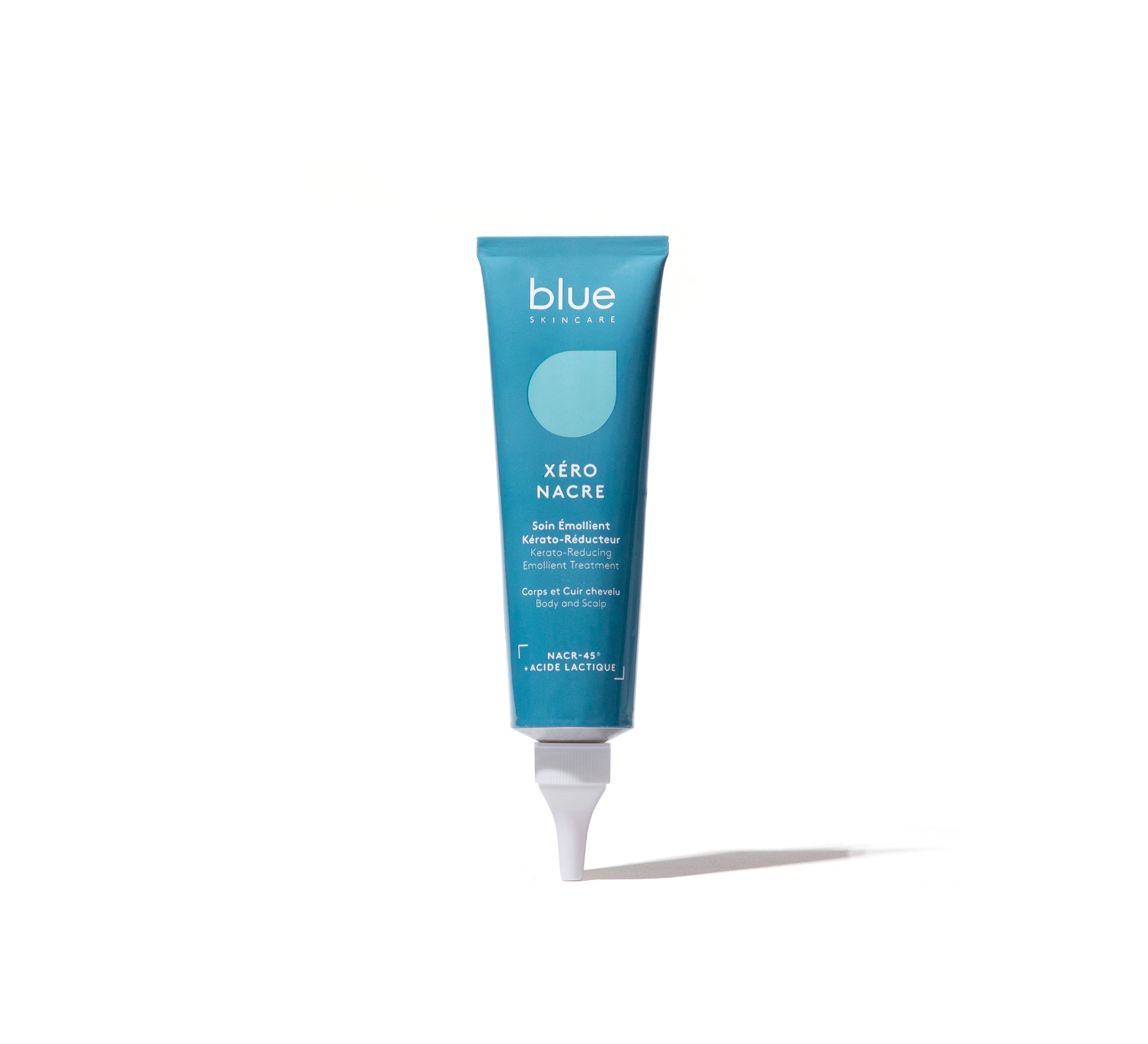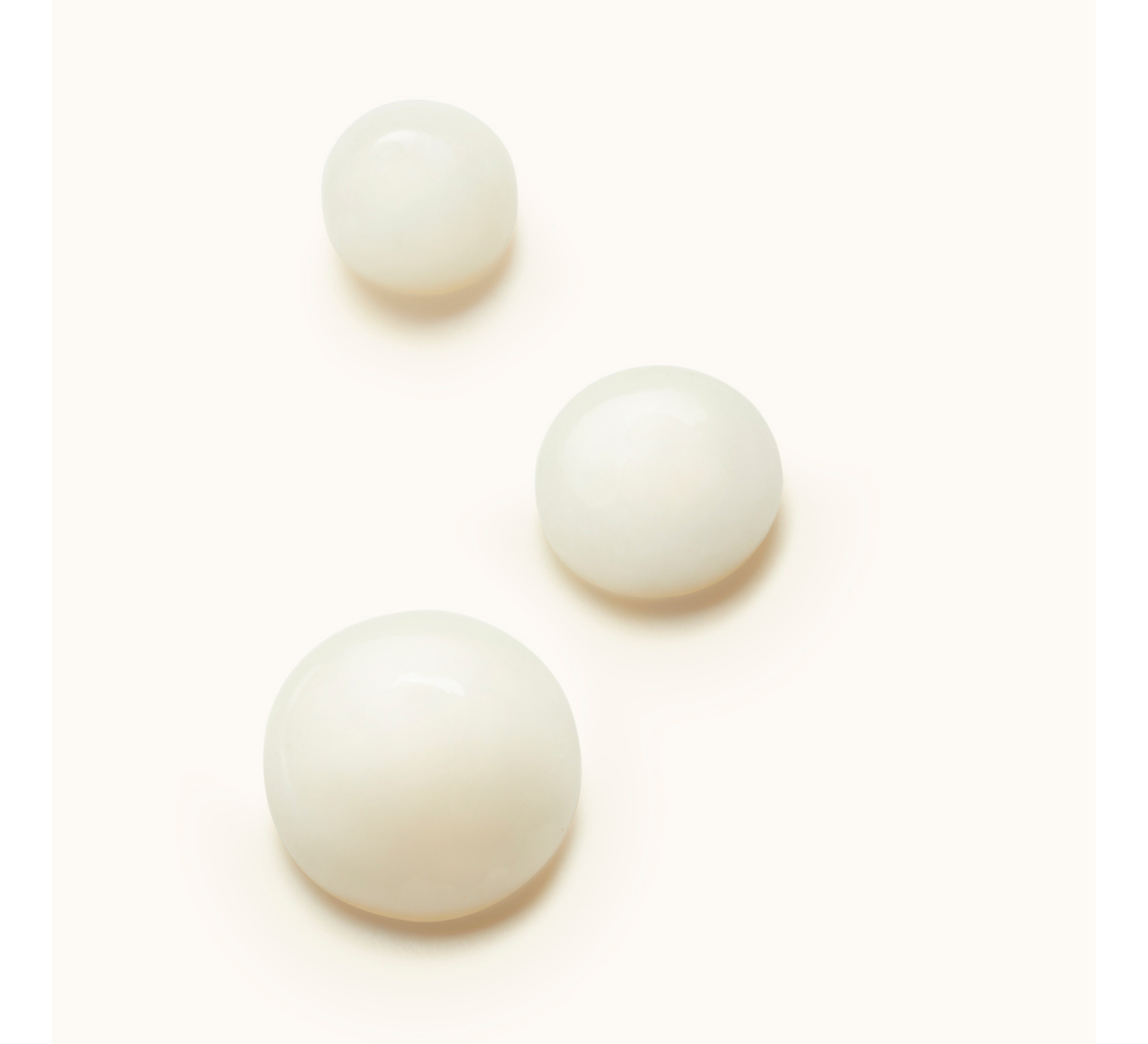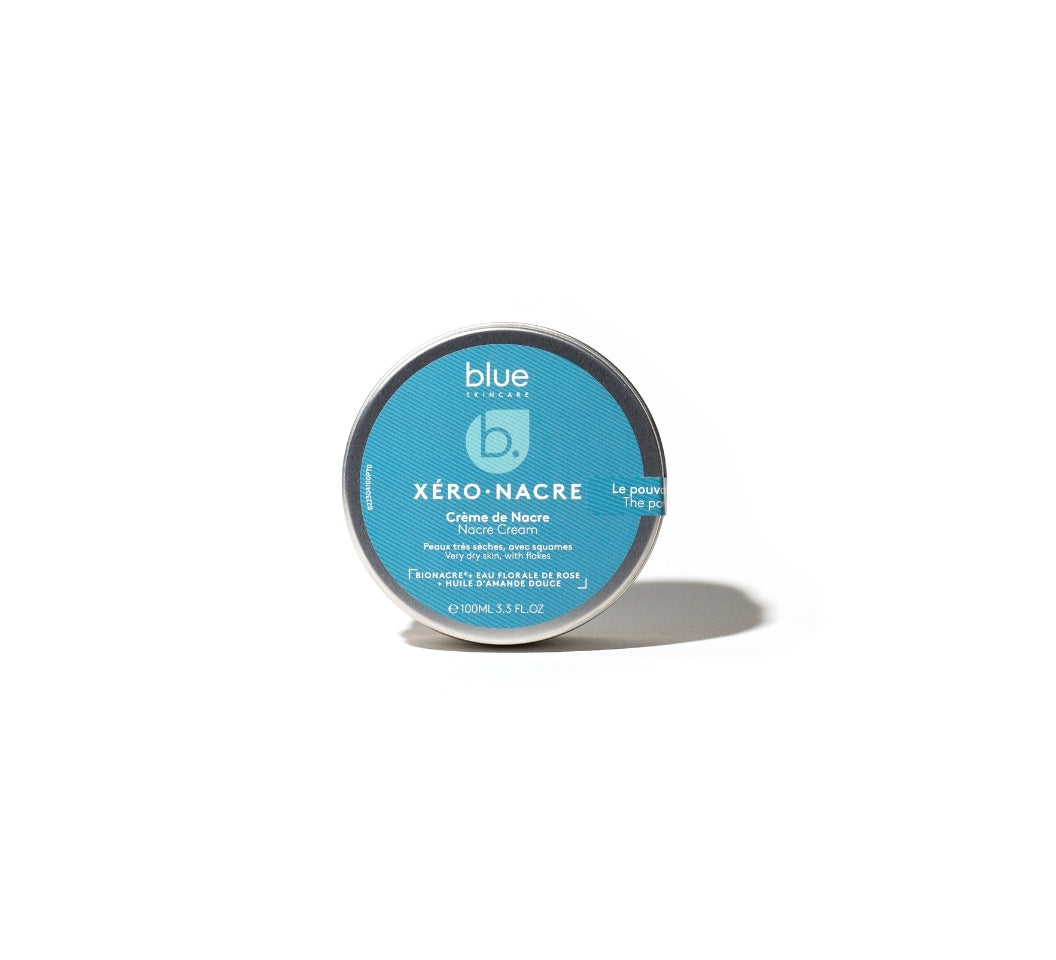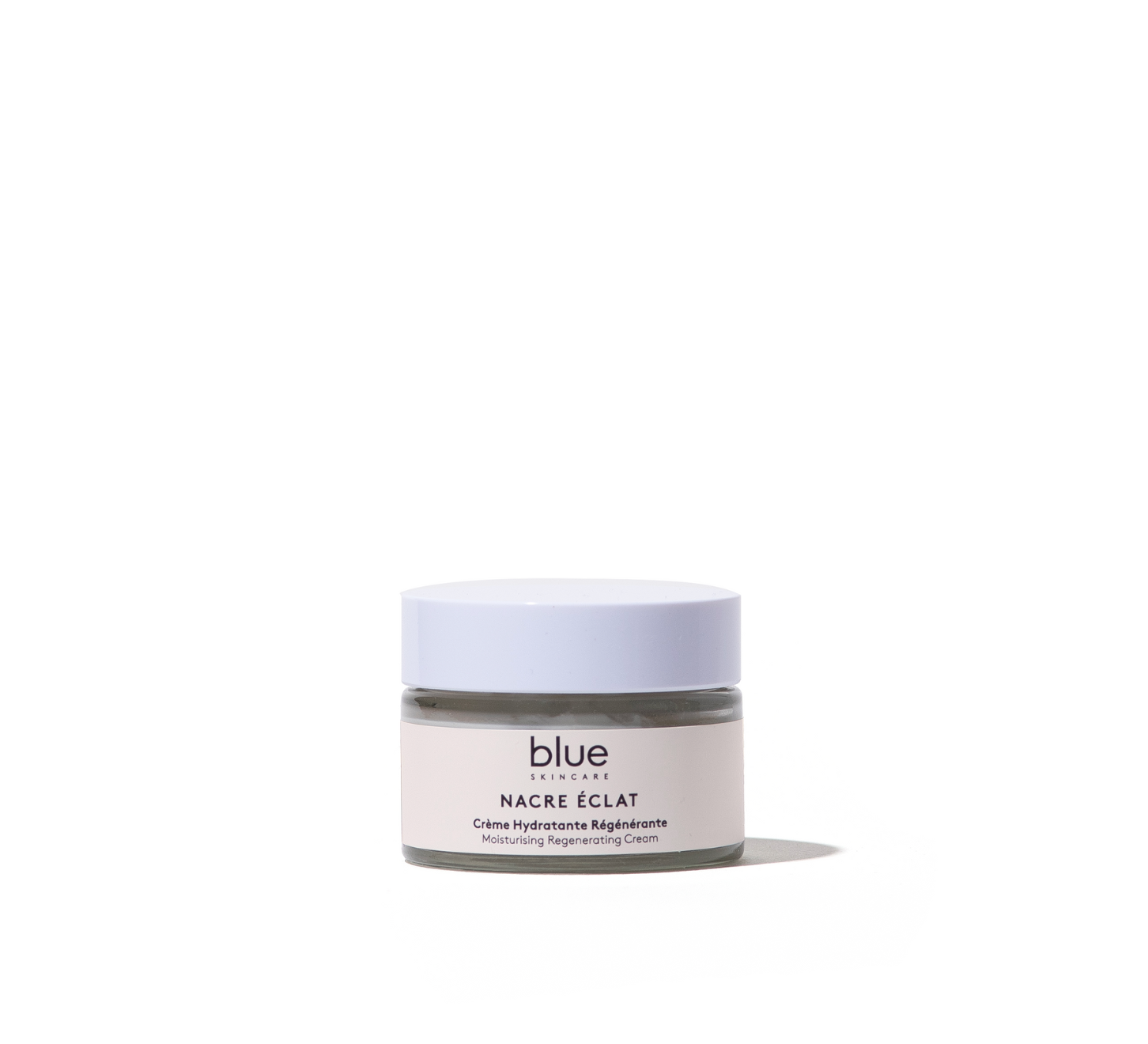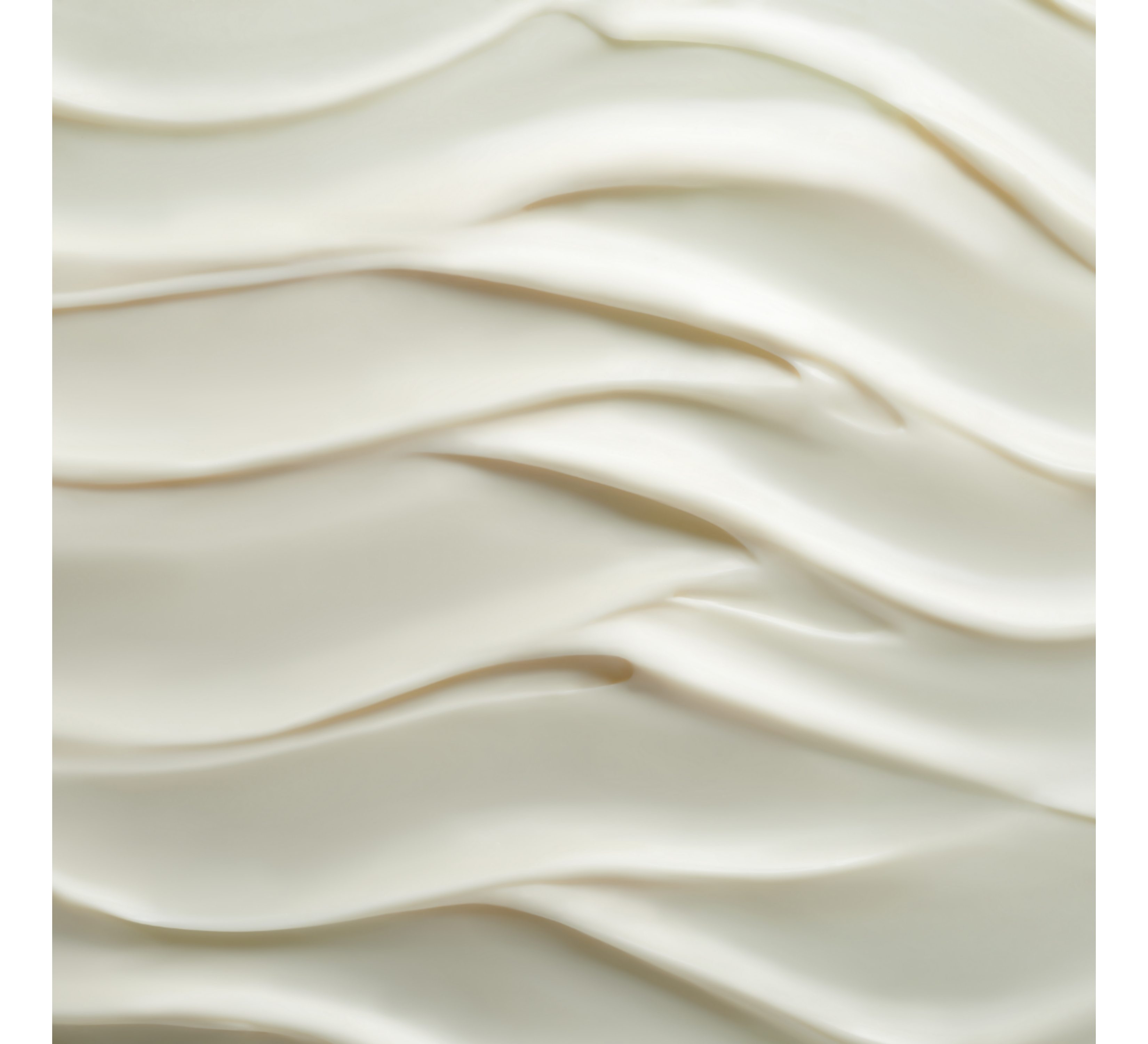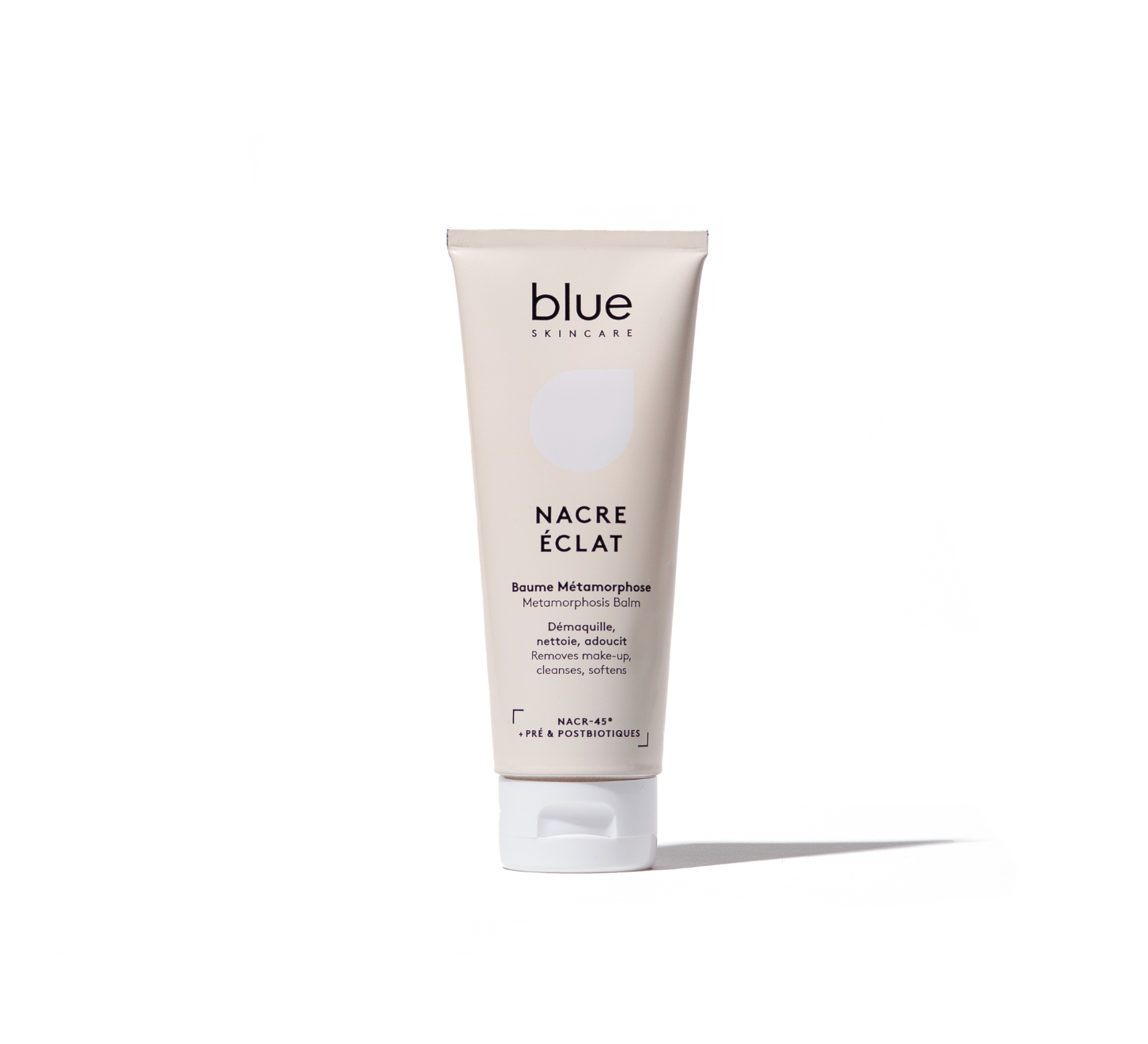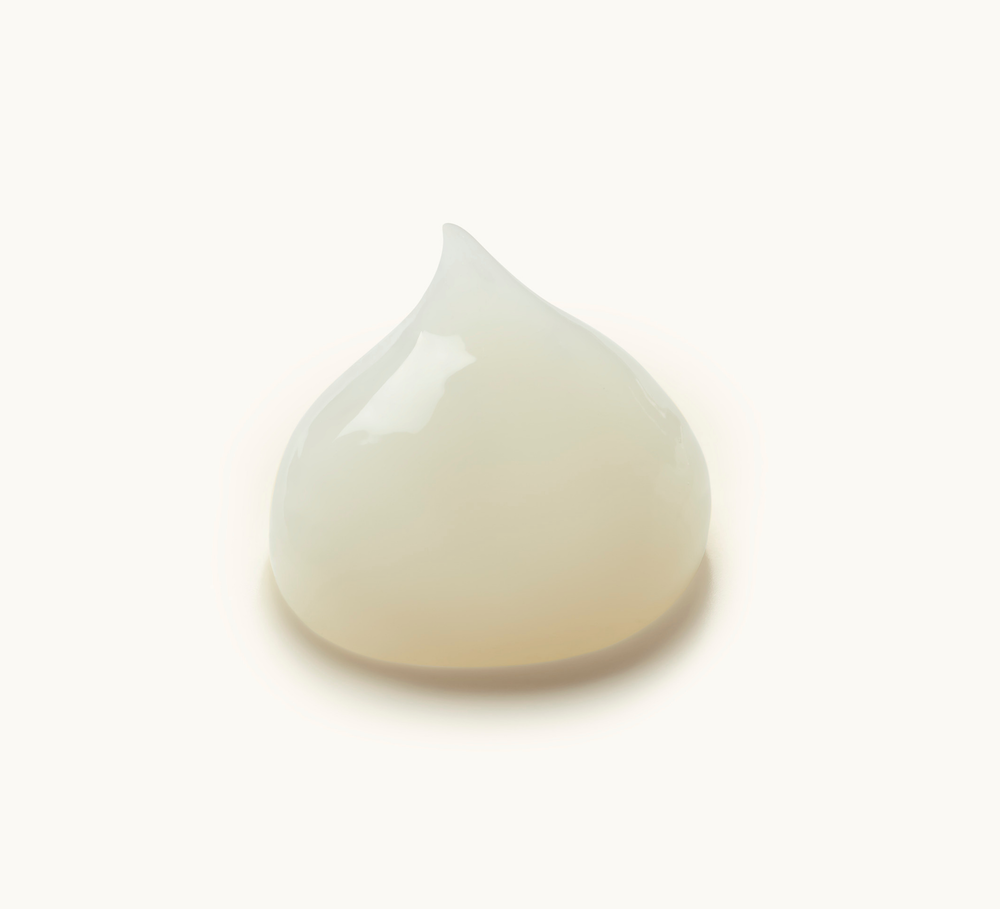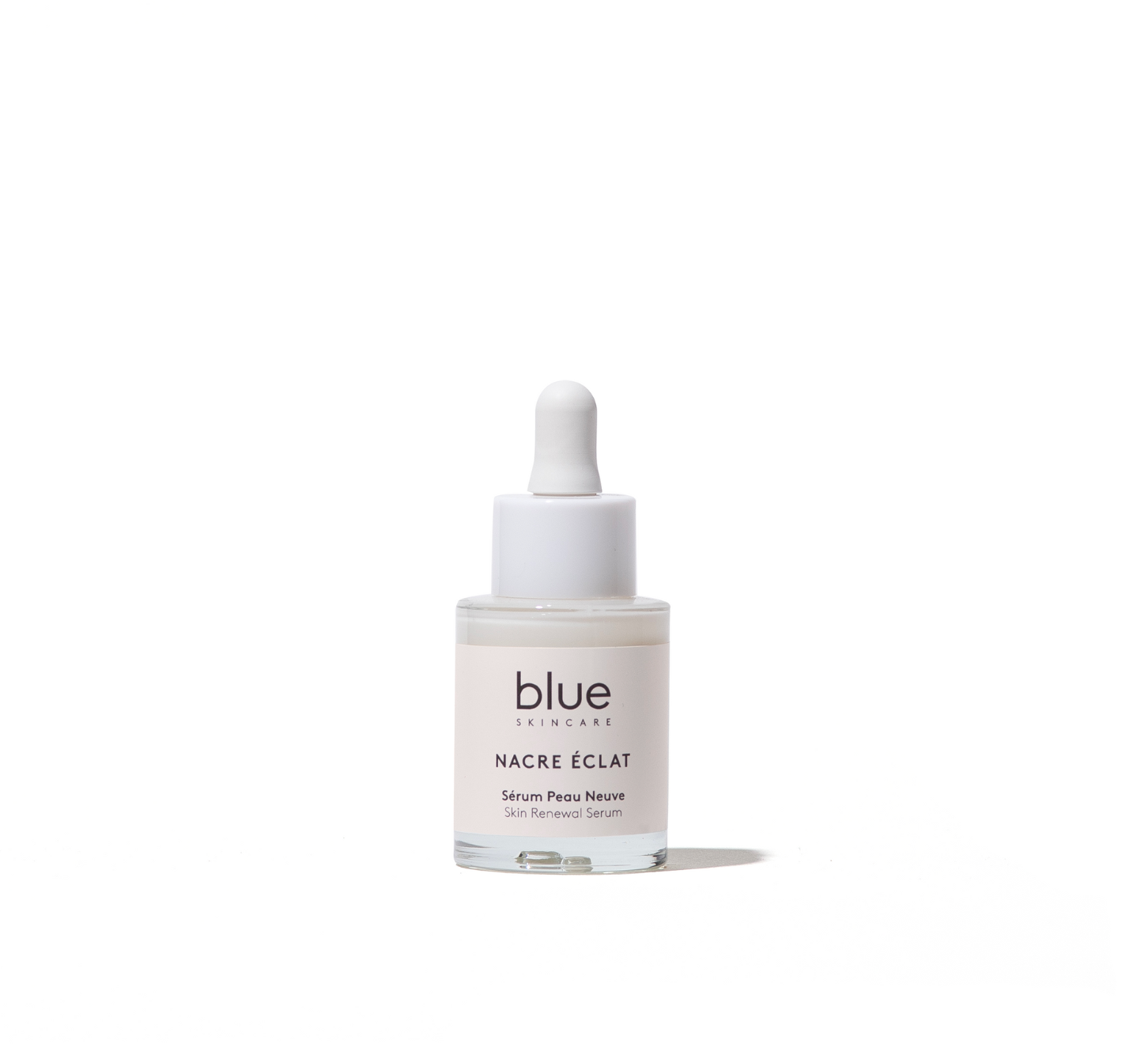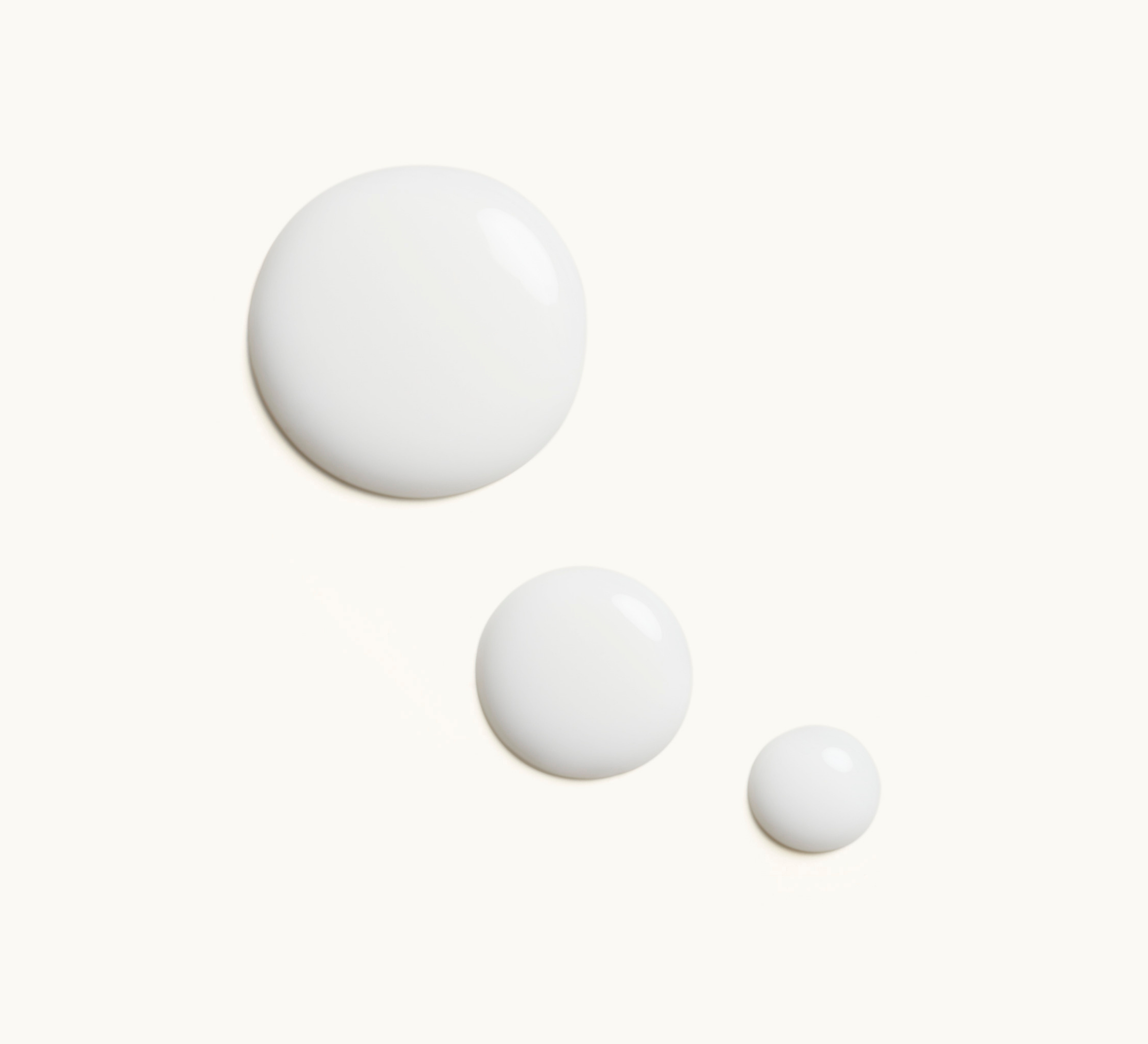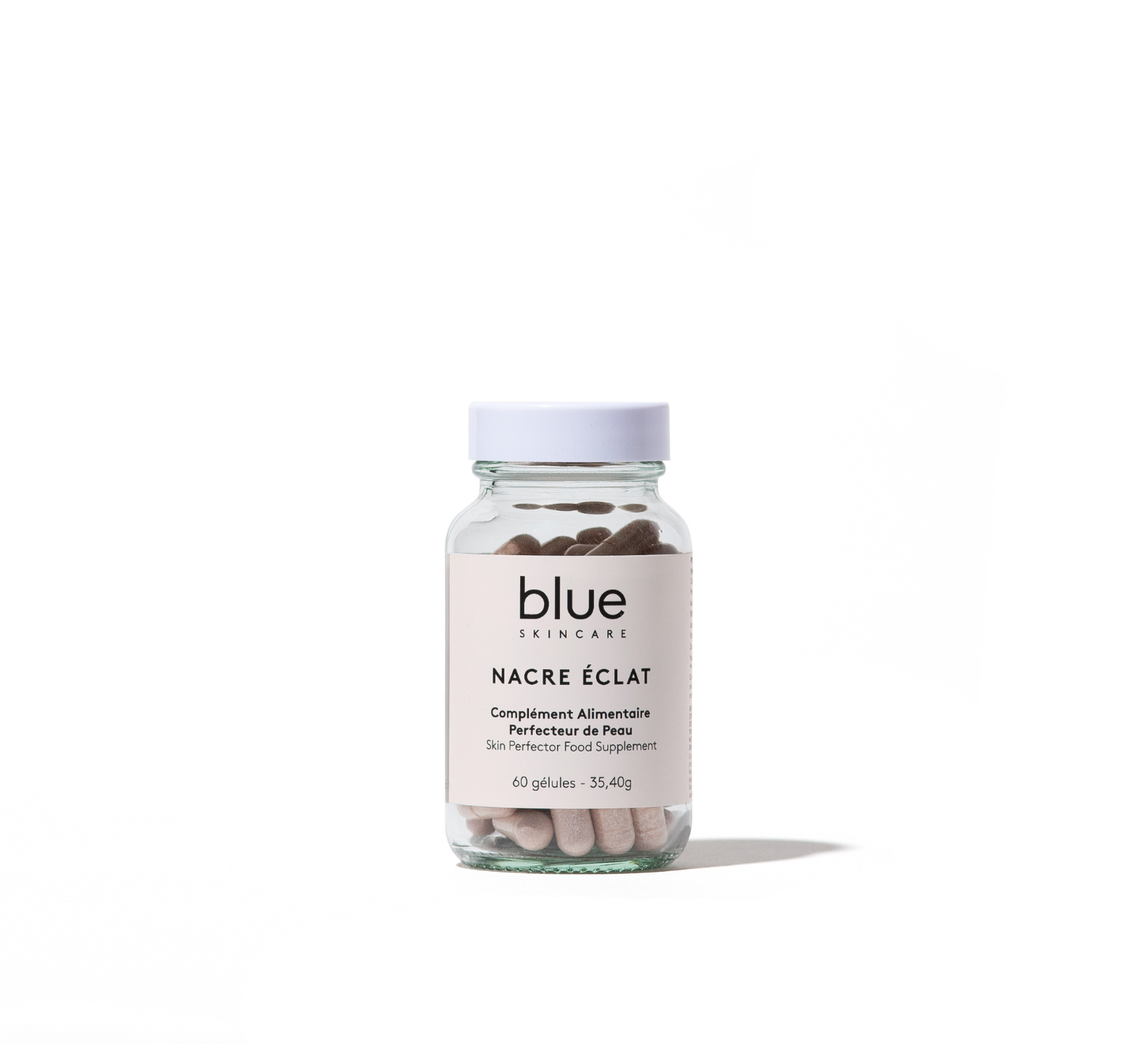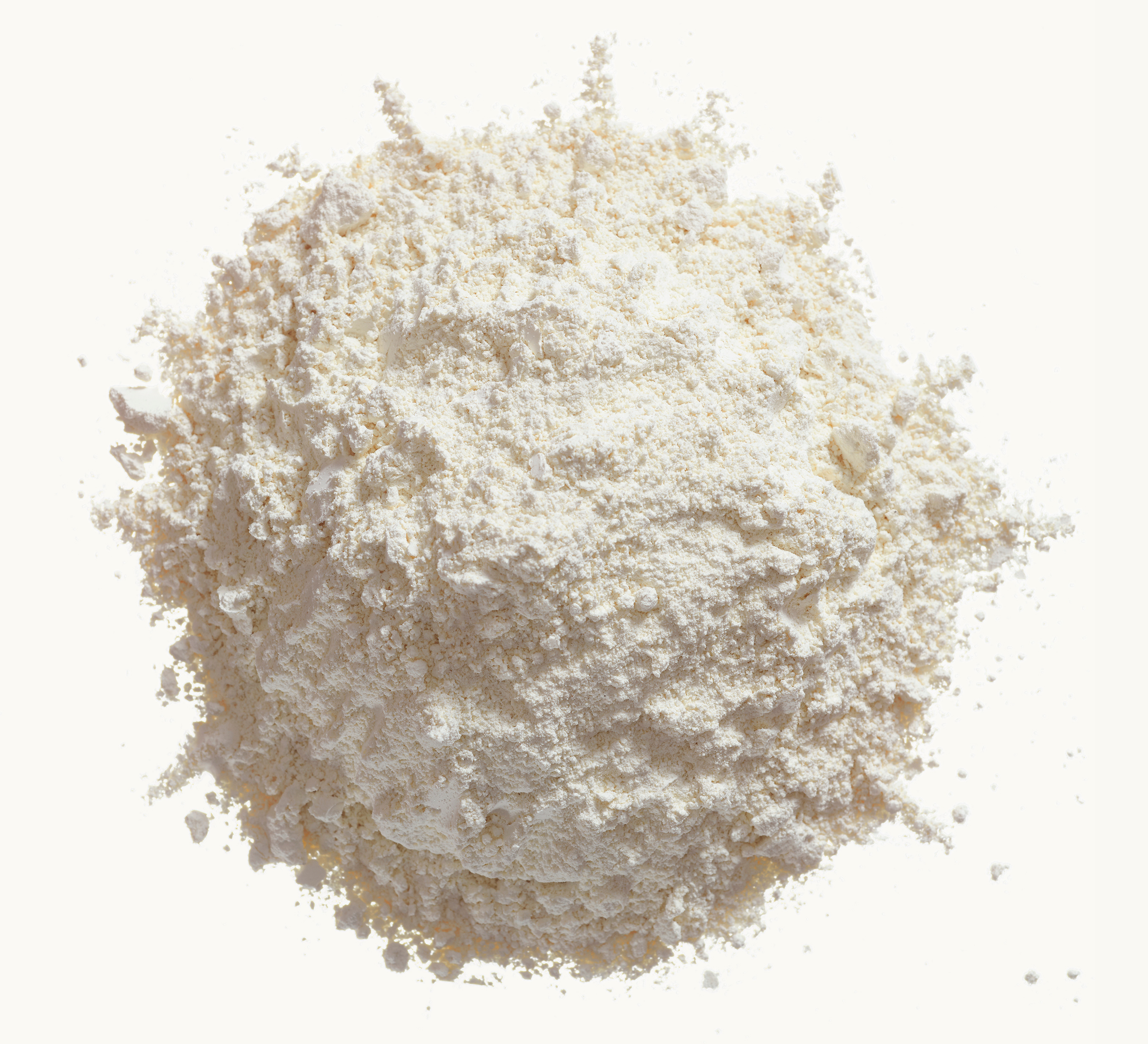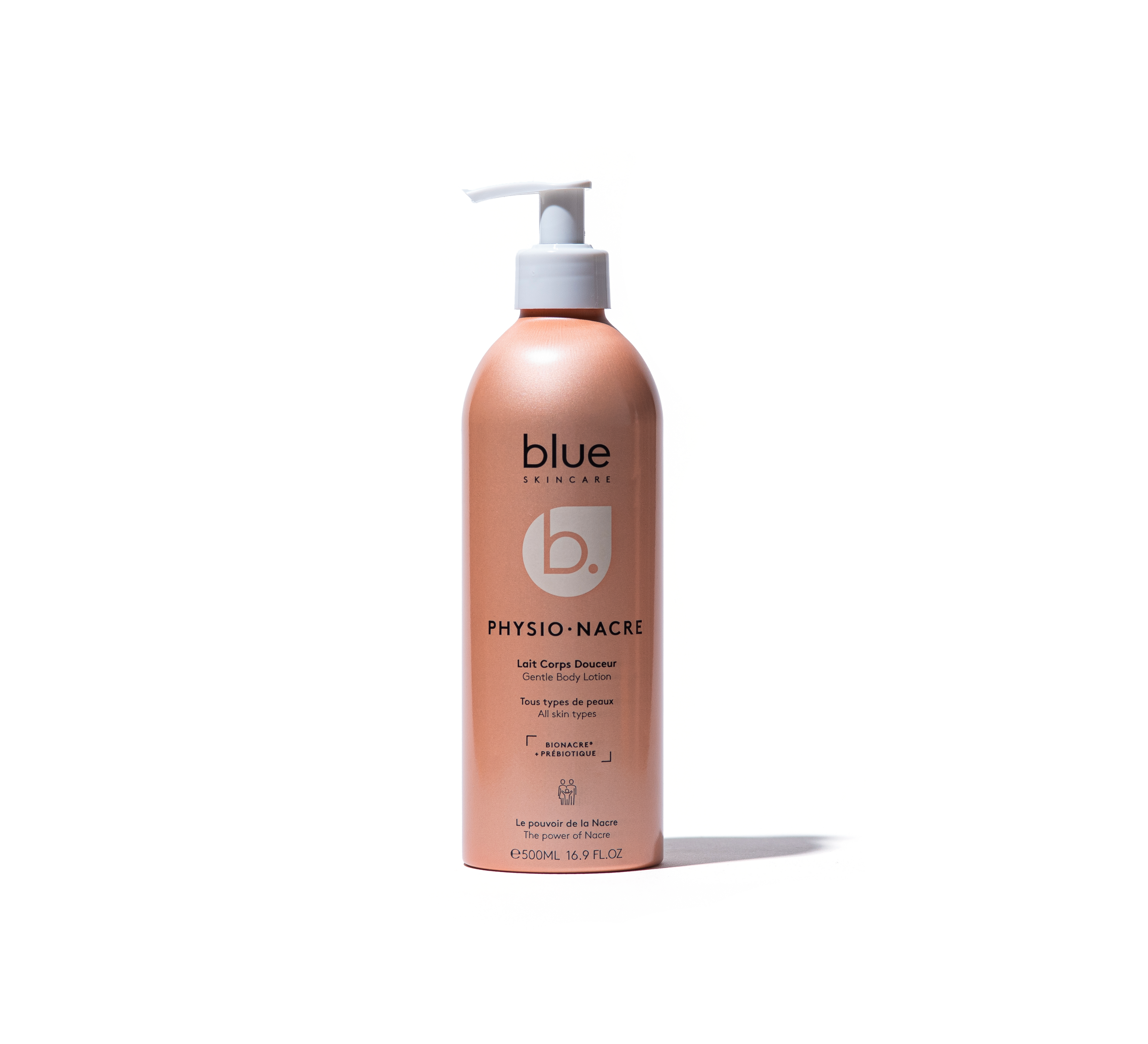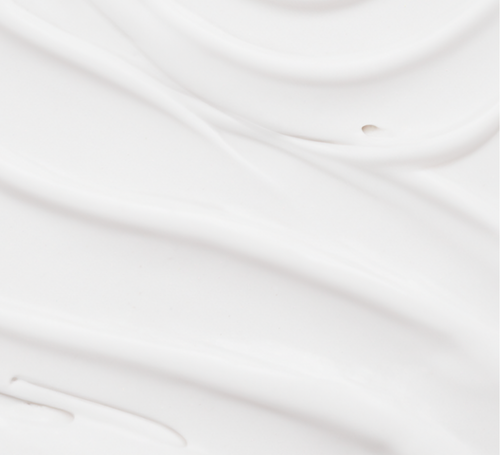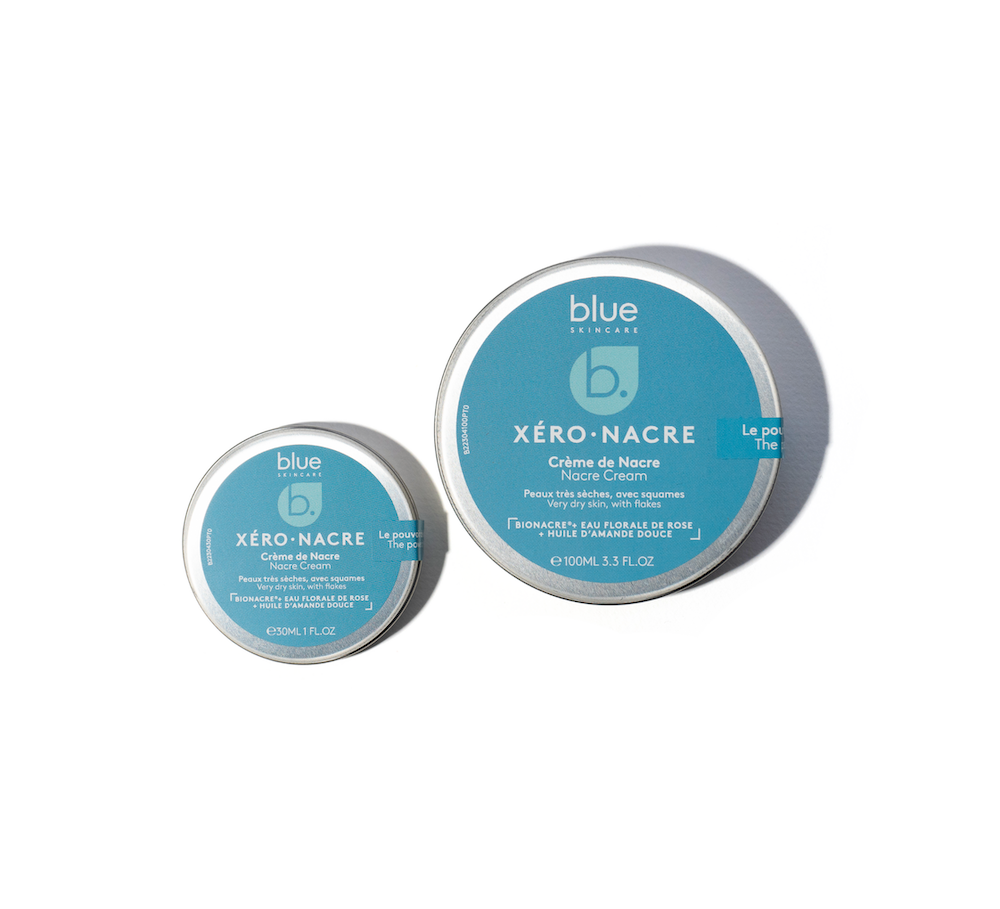"Real fur is a calamity, but fake fur is not the solution" Orsola de Castro
Years of campaigning by PETA (People for the Ethical Treatment of Animals) have finally paid off. Indeed, more and more brands are excluding fur from their collections. But are the alternatives offered, namely faux fur, any better?
Why is fur so maligned? It may seem obvious, in the name of animal welfare! But you can be non-vegan and still reject the use of fur. Because, unlike leather, fur is not a by-product. The meat of mink, fox or marmot is not intended for food. If it is not used, this material is lost. The animals are therefore raised and killed for purely aesthetic purposes. And this, in breeding conditions that are often miserable for both animals and employees: intensive and polluting breeding, animal abuse, unregulated slaughter, overwork of workers in conditions of unsanitary and unsafe infrastructure. Just go to the PETA website to see images of the slaughterhouses, the skinning and dismemberment of the furred animals.
Committed brands, others more constrained






While British designer Stella McCartney , a vegan, has never used raw materials of animal origin, other houses have abandoned real fur under pressure from associations, public opinion, and their customers. In recent months, several houses have given up animal hair in their collections. This is notably the case of Valentino, which stopped using it at the beginning of 2022, as has Oscar de la Renta. The Kering group (Balenciaga, Gucci, Bottega Veneta, Alexander McQueen, Brioni, Saint Laurent) will do so starting with the fall-winter 2022-2023 collections, as will Armani, which is also abandoning angora, Canada Goose – known for its down jackets with coyote fur hoods. Moncler announced in January 2022 that it will present its latest collection including fur in the fall-winter 2022-2023, in parallel with the launch of the second part of “Moncler Born to Protect”, its collection designed from materials with low environmental impacts. Other houses should soon make the same type of announcement: Vivienne Westwood, Chanel, Prada, Versace…
In this “cruelty free” and, one might think, eco-responsible approach, some brands are opting for fake fur, a material that imitates real fur visually and to the touch.
Faux fur seeks non-petroleum-derived raw materials
The two most common fibers used to make faux fur are polyester and acrylic , both of which are petroleum-based materials, and therefore not exactly the best in terms of sustainability. In fact, a faux fur coat can take several barrels to make. As a result, as with any garment made from these materials, its manufacture and maintenance releases microplastics into wastewater that end up in algae and fish stomachs.
Progress in progress


Faced with this dilemma, more high-end or more committed brands are pushing manufacturers to challenge themselves. Some are starting to develop natural fibers obtained from hemp, corn or nettle.
French manufacturer Ecopel (which belongs to the Chinese conglomerate Haixinet and which bought Peltex, the last French manufacturer) has also launched a line of faux fur, Umi Collection, made from plastic collected in the oceans. Once the fiber is recovered, it is knitted and then dyed according to the desired cut and color. But this production remains marginal. Faux fur from plant or recycled fibers is currently limited to 10 to 20% on the market.
Polluting manufacturing
Often on the other side of the world
The question of production is always central in fashion. The more geographically distant it is from the country of sale, the more potentially polluting it is. One of the main producers of fake fur remains China. Employees there are exposed to toxic fumes of vinyl cyanide, necessary for the manufacture of acrylic, in the same deplorable working conditions as for the rest of fast fashion . But other countries also supply the brands. This is the case for France and Italy (through Ecopel), among others for the more high-end and luxury brands.
A polluting dye

Faux fur garments often come in, shall we say, “unusual” shades, which involve industrial processes that are water- and chemical-intensive.
Again, as in the rest of the fashion industry, alternatives are gradually being developed, notably using vegetable dyes or water-free dyes, but this remains the preserve of the most expensive products.
Faux fur is less sustainable, because it is linked to fast fashion
A fur coat was an expensive purchase, an investment that lasted a lifetime and was even passed down from generation to generation (who doesn't have an old fox or rabbit fur choker in their closet, and for the "luckiest" ones, an astrakhan or mink jacket inherited from their grandmother?)
But today, rainbow fur coats can be found at Burberry, but are bought in droves at Primark, Zara or H&M. Quality has been replaced by quantity. Faux fur is largely linked to fast fashion.
As a result, a faux fur coat lasts as long as any other garment, on average between 6 months and 6 years. However, it is rarely reconditioned in second-hand networks, particularly because a new purchase is very inexpensive.
So what to do? The best thing to do is to avoid, as some brands have decided, real and fake fur.
And what if you really dream of one of these plush coats? We wear our grandmother's coat - that one has been around for a long time - or we prefer to the fake furs of fast fashion brands those of specialized brands, made in France, eco-designed from natural or recycled fibers. Even if it means paying the price...
